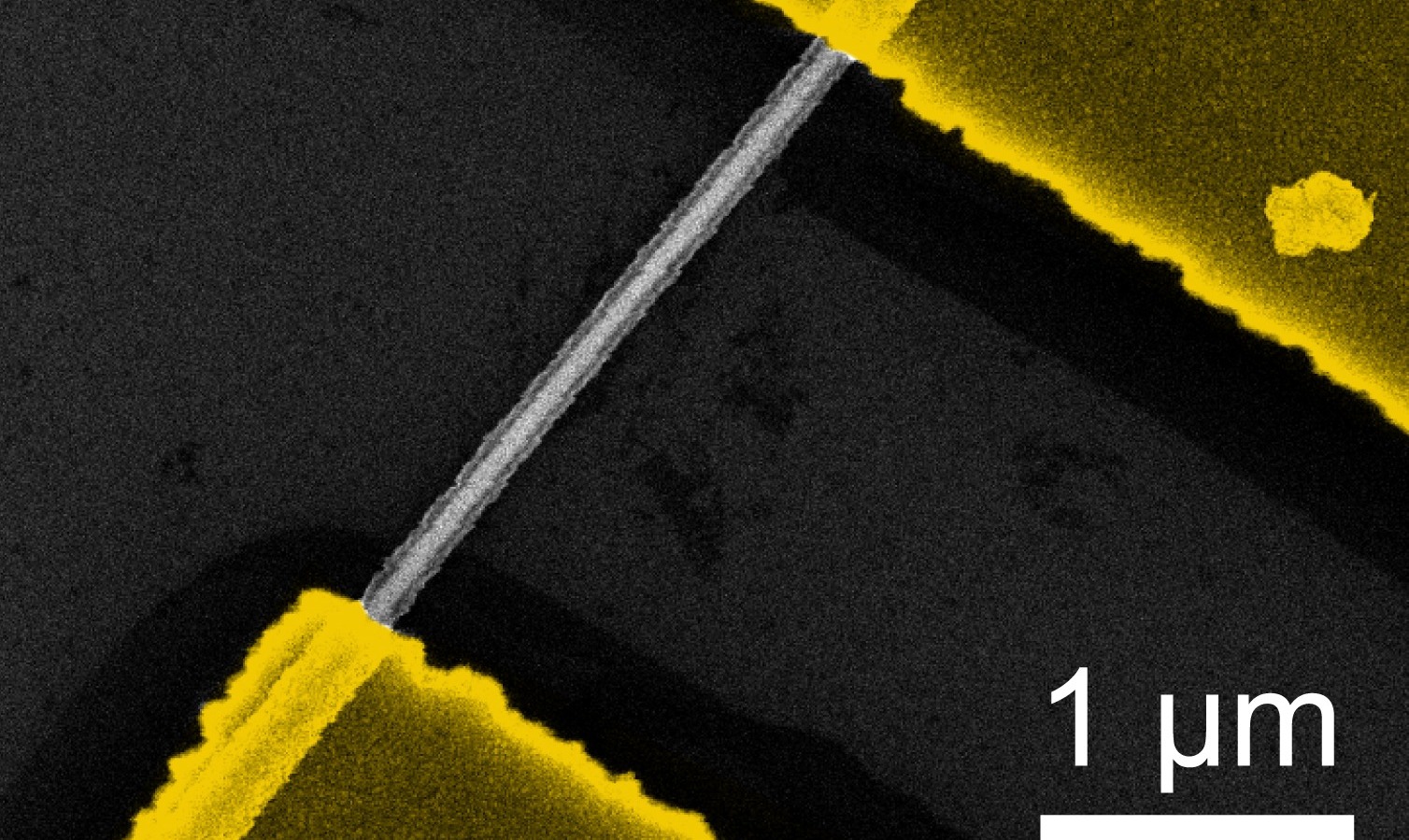
Background
1D nano-structures have garnered significant and growing attention in the literature recently, owing to their diverse properties that are uniquely dependent upon not only size but also morphology. 1D nano-structures have distinctive optical, thermal and electronic properties made possible by the composing noble metals, rending this class of materials as attractive.
Technology
The technology is a method of producing a segmented 1D nanostructure comprising providing a vessel containing a template with one side of the template a first metal reagent solution and on the other is a reducing agent solution, this in turn allows a first segment of a 1D nanostructure to be grown within the pore of the template until a desired length is reached. As compared to previous shortcomings, the present invention provides an ambient, surfactantless, template-based method for reliable product, allowing for direct and predictable control over the nanomaterials. The nanomaterials exist with high quality crystalline, with a well-defined interface between the constituent metals.
Advantages
The metals are selected from the group consisting of Ru, Rh, Pd, Ag, Os, Ir, Pt and Au, the nanostructure is a nanowire, nanotube or array comprising of a plurality of nanowires. The art technique allows for a segmented one dimensional nanostructure to be controllably produced in a simple and environmentally safe manner.
Application
Segmented nano wires represent a multifunctional platform with a broad range of potential application, providing high levels of performance when employed as a both electrocatalyst and nano motors.
Inventors
Stanislaus Wong, Professor, Chemistry
Christopher Koenigsmann, Former Graduate Student, Chemistry
Licensing Potential
Development partner, Commercial partner, Licensing
Licensing Contact
Donna Tumminello, Assistant Director, Intellectual Property Partners, donna.tumminello@stonybrook.edu, 6316324163
Patent Status
U.S. Utility Patent Issued: 9,624,958
Tech Id
8490
